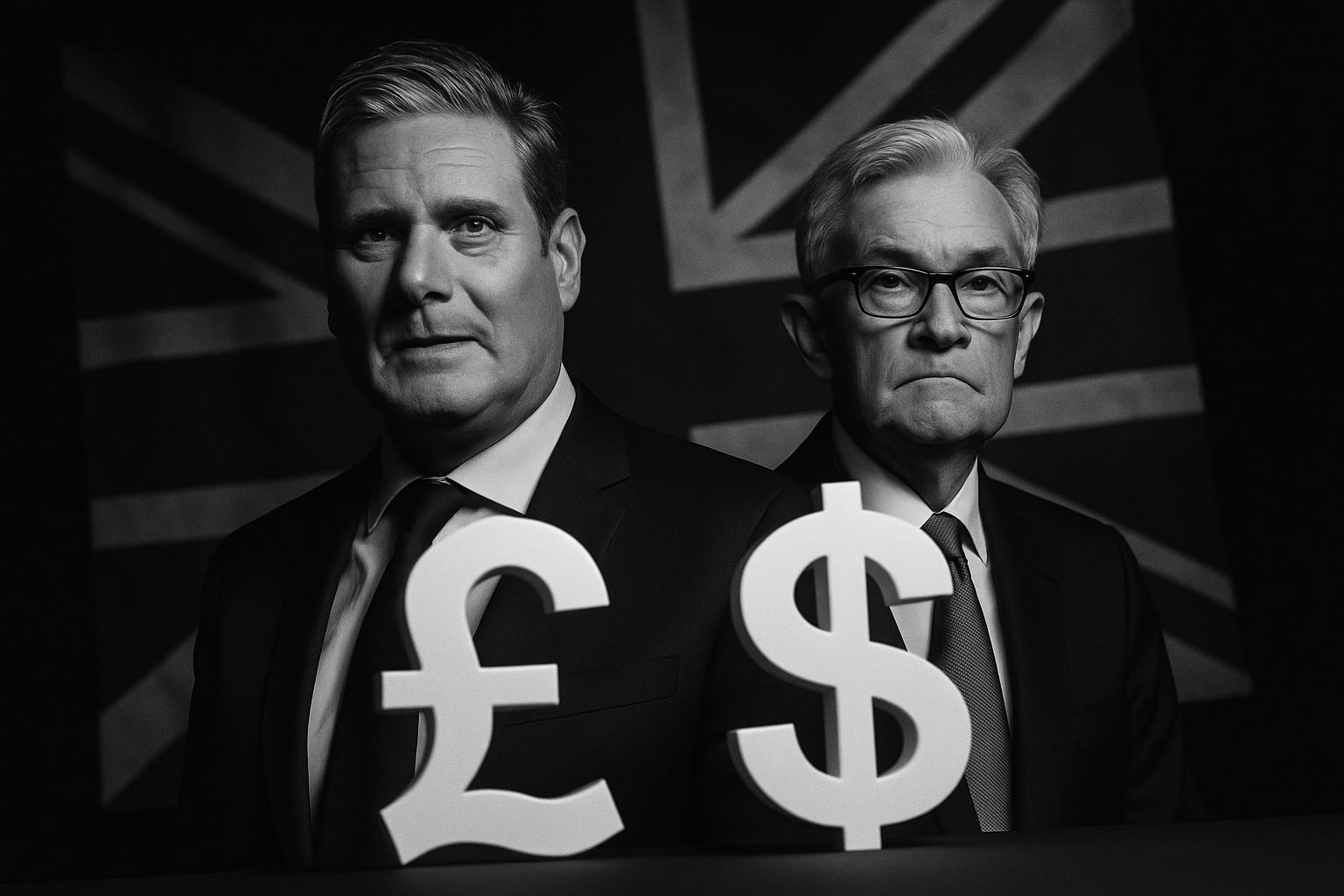Technical picture: critical inflection around 1.3070 and 1.3240
From a technical standpoint, GBP/USD remains range-bound between 1.3065 and 1.3230, consistent with short-term price compression visible on the 4-hour chart. Immediate support sits at 1.3075, followed by 1.3010, which aligns with the late-October lows. A break below 1.3010 could open the path toward 1.2940, the 61.8% Fibonacci retracement of the October rally. On the upside, resistance remains firm near 1.3175, where the 200-EMA aligns with prior swing highs, followed by 1.3245 and 1.3320, which would only be attainable if U.S. inflation data confirms deeper Fed dovishness.
Momentum indicators remain mixed: the MACD shows flattening convergence, while Bollinger Bands have narrowed to their tightest since mid-September, implying a potential volatility expansion ahead of major data releases. Institutional traders remain cautious — CFTC data shows net speculative long positions in GBP have dropped to +7,400 contracts, down from +16,200 two weeks ago, highlighting waning conviction behind the recent sterling rebound.
Macro interplay: Fed vs BoE trajectory defines near-term direction
The tug-of-war between the Federal Reserve and Bank of England outlooks now defines the midterm direction of GBP/USD. Fed Chair Jerome Powell’s recent remarks suggested the U.S. economy remains “resilient but moderating,” signaling a readiness to cut rates if inflation continues to cool. In contrast, BoE Governor Andrew Bailey’s latest statements highlighted “lingering domestic price pressures” but hinted that tightening may have peaked. If the Fed moves first, the narrowing policy gap could push GBP/USD toward 1.33, but if the BoE acts preemptively, the pair could quickly slide below 1.30.
U.S. macro indicators support a bearish USD narrative in the medium term, with core PCE inflation at 2.6% and nonfarm payroll growth slowing to 138,000, yet short-term volatility remains data-sensitive. The pair’s recent resilience owes much to temporary risk appetite linked to the end of the U.S. government shutdown, not to structural sterling strength.
Market sentiment and positioning dynamics
Investor positioning reflects caution rather than confidence. Asset managers have reduced exposure to both GBP and USD in favor of higher-yield currencies like AUD and CAD, seeking carry trade opportunities as global volatility stabilizes. Meanwhile, corporate hedging flows remain dollar-favored — U.K. importers are locking in forward contracts near 1.31 ahead of the budget uncertainty, limiting spot demand for sterling. The pair’s implied volatility for one-month tenors sits around 8.1%, elevated relative to the three-month average of 6.5%, implying traders expect sharp swings around upcoming macro catalysts such as CPI data and fiscal announcements.
Final Take – GBP/USD Verdict
The GBP/USD setup remains fragile and range-bound. Despite a weak dollar backdrop, the structural pressure from the UK’s slowing labor market, rising unemployment, and fiscal headwinds outweigh short-term optimism. The pair’s technical pattern favors a downward bias unless it closes decisively above 1.3180. Below 1.3070, the momentum turns sharply negative, with potential acceleration toward 1.2950.
Given the data mix — dovish BoE sentiment, fragile U.K. growth, and modest U.S. recovery — the overall stance is Hold, leaning Bearish short term. A sustained rally requires a policy shift from the Fed or stronger UK wage data, neither of which is evident yet. Until then, the GBP/USD pair remains trapped between hope and caution, with traders respecting 1.30 as the line separating resilience from renewed decline.




















